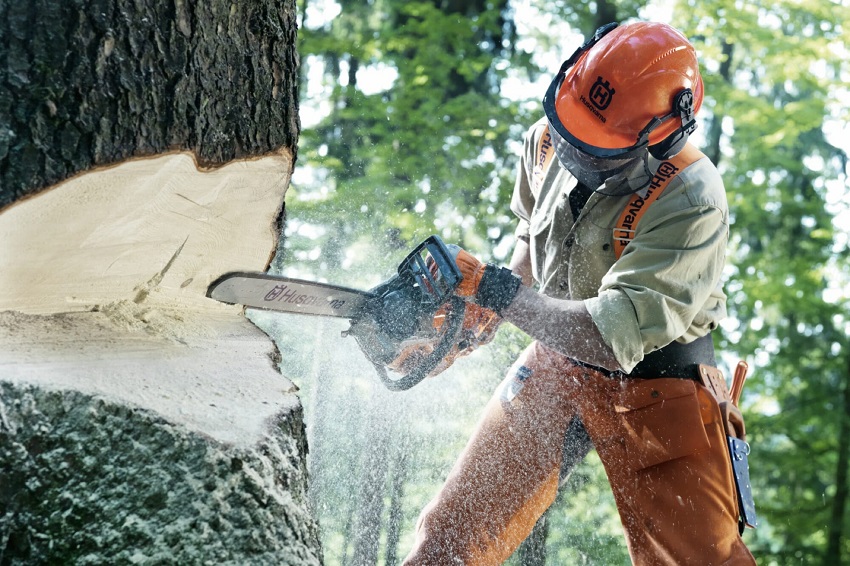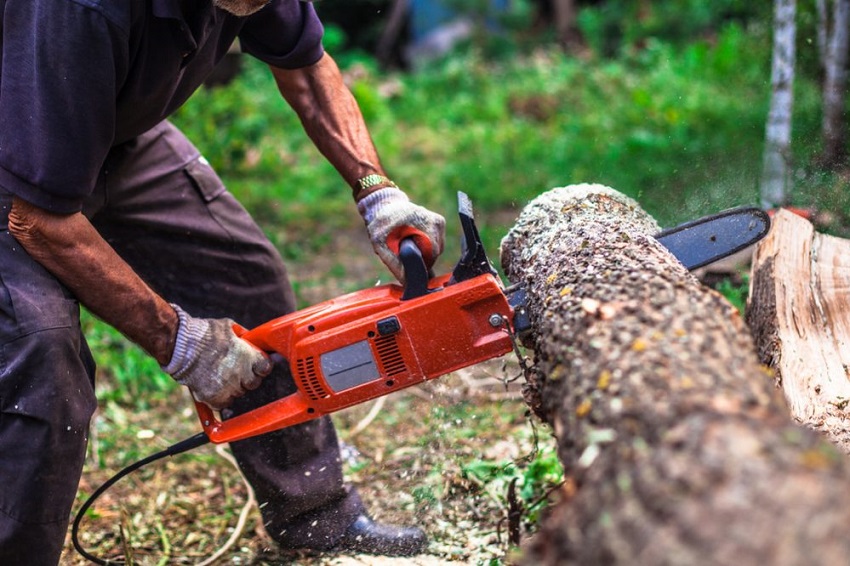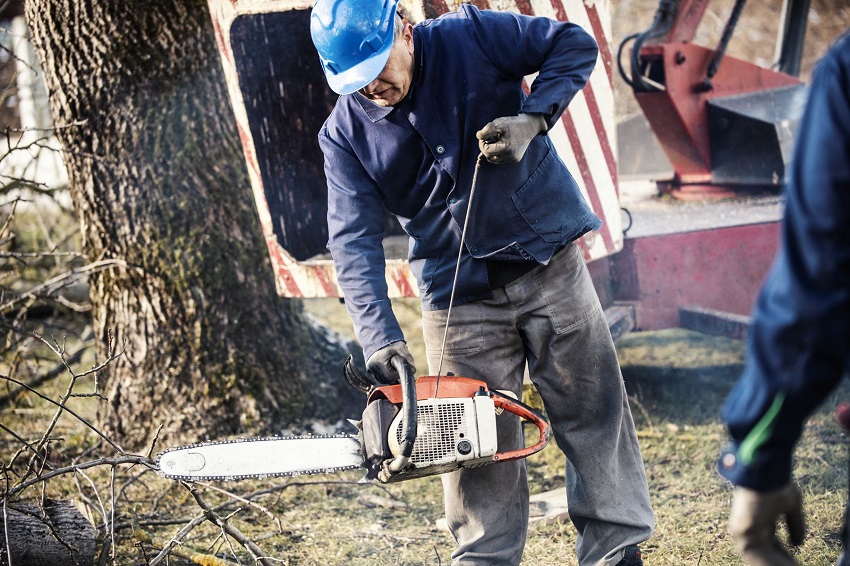
Home Power Tools: Choosing Your Ideal Chainsaw
Whether you like to take care of your own landscaping and do the tree-pruning to perfection, or are a woodcarving enthusiast, a chainsaw is a handy tool to have around. In fact, it’s one of the basic types of power equipment in a home garage along with the tools to maintain your lawn’s looks like lawnmower and strimmer, and nail driver and sander for DIY projects.
Still, with such a vast array of designs on the market, from battery powered chainsaw also known as cordless, to corded and gas-powered, you might be unsure as to which one is the right one for you. In this blog post, I’m going to cover some of the aspects you should look into when shopping for a chainsaw, starting from explaining more about the three types.
The Cordless Type
Before I move into the details, let me just say a battery powered chainsaw is a pretty versatile choice. It offers a great amount of control, which is why it’s recommended for people who don’t have that much experience using this kind of tool. Also, if you live in a densely populated area and know there are neighbourhood noise restrictions, this is the perfect option due to its low noise operation.

source: nypost.com
I like the battery chainsaw because it’s lightweight, and provides the user with more flexibility since it’s portable without a cord to hold you back, as in the case with the corded type. So, you aren’t limited when it comes to where you can use it. There’s no need to look for a socket, simply turn it on and you’re good to go! While it’s reliable and durable, I have to point out some find the recharging aspect as a drawback.
Despite this, when compared with the gas-powered, it’s more convenient because it doesn’t emit any dangerous exhaust fumes when working, so you won’t have to worry about being exposed to carbon monoxide hazards particularly when working indoors. On the plus side too, no matter how long of a break you give it between projects, it won’t fail on you like the gas alternative.
If there ever comes a time that you’d want to prolong the lifespan or make it more powerful, simply replace the battery with a more powerful one, such as lithium-ion known for the consistent and fast recharge, and your chainsaw would be as good as new!
The Corded Type
As opposed to the battery-powered chainsaw, this one is somewhat heavier and comes with a cord which is how it got its name. Also known as an electric chainsaw, it’s cheaper than the aforementioned type. But the drawback is you have to plug it in for work, so you’re limited by the cord. However, one of its pros is how handy it is with heavier projects, for instance when you have to cut through thicker branches and smaller trees.

source: thedailygardener.com
Once powered at the click of a button, you can use it for as long as you need – it doesn’t require recharging! It’s also easy to maintain as it doesn’t have fuel or filters to take care of, which means it’s pretty easy to store too when not in use.
The Gas Powered Type
If you’re already experienced with manoeuvring a chainsaw, and are into heavy-duty projects, from prepping up firewood to cutting up pretty large trees, then this type is for you. Thanks to the long blades (up to 72” as opposed to 18” of electric saw), and operating speed, it’s much faster than both the battery-powered and electric types.

source: thoughtco.com
What it shares with the cordless chain saw though is the flexibility it offers as there are no cords to take care of, and if you’ve got the sufficient amount of fuel, you can use it for as long as you need.
Now, if you’re wondering about the cons, as I mentioned before, it emits fumes which can be a problem when exposed to them for a longer period. Furthermore, it’s heavier, so as a result, it’s more difficult to handle thus unsuitable for beginners. And since it’s noisy, you’d also have to wear hearing protection otherwise you risk sustaining hearing damage.
As for the maintenance, considering it operates with fuels, you need to clean it up regularly after every use and before storage. Once the chainsaw ages, the pull start with a cord could become more difficult as well.
Chainsaw Safety
No matter whether you choose the lightweight battery powered chainsaw, the electric or the heavy gas-powered, safety should be your priority because it’s a power tool after all. As soon as you get your ideal saw remember to carefully read the manual from the manufacturer and get yourself some protective equipment in the likes of safety work gloves and goggles.
If you’re worried about your legs and feet too, I’d suggest acquiring leg chaps and steel toe work boots. Though not necessary to do it every day, remember to check in on the blades often and keep them sharp with the right type of chainsaw sharpener.
It might not seem as that important of a maintenance chore, yet working with a chainsaw with dull blades is dangerous given that it can cause burning. Remember, safety first!


No Comments